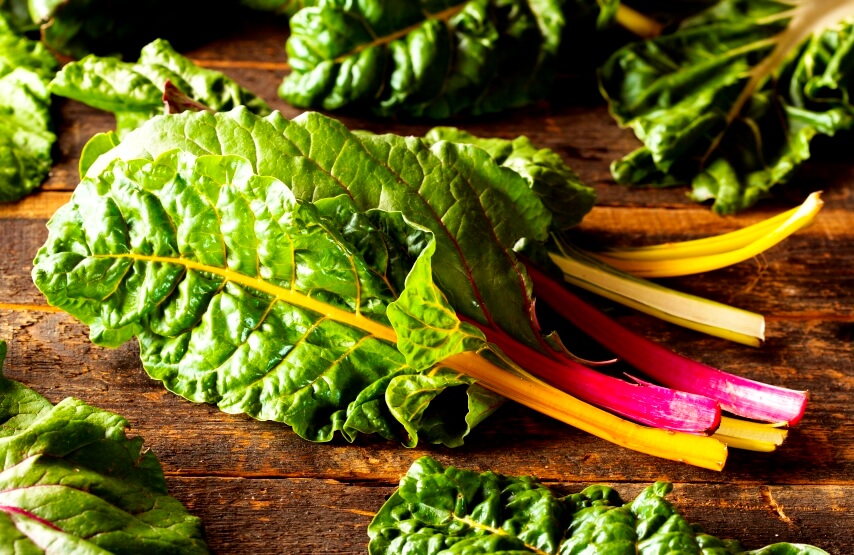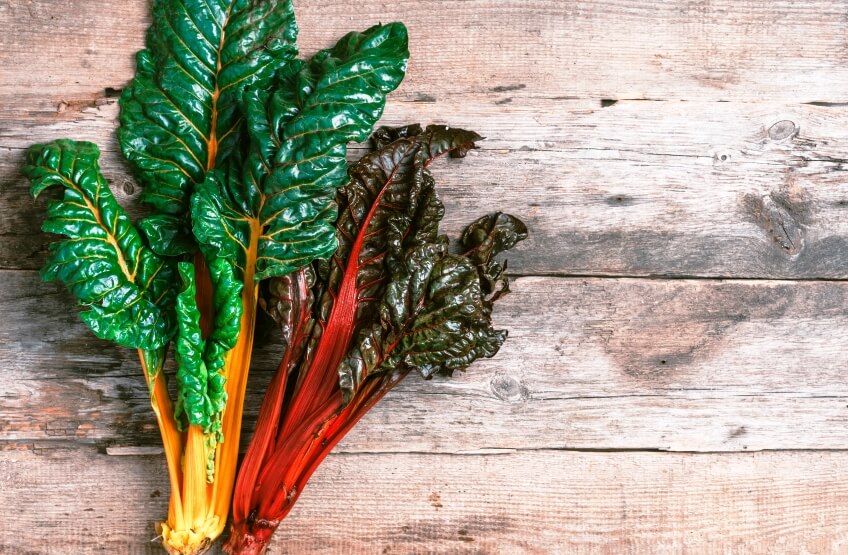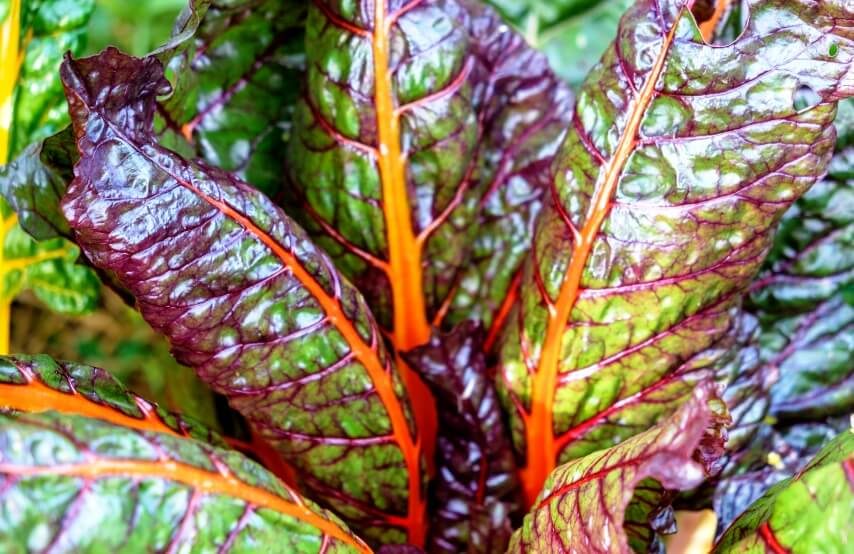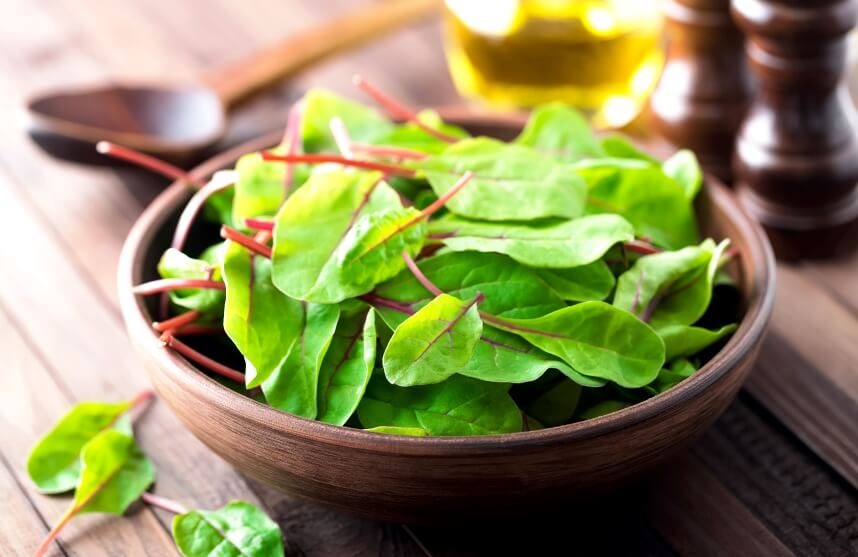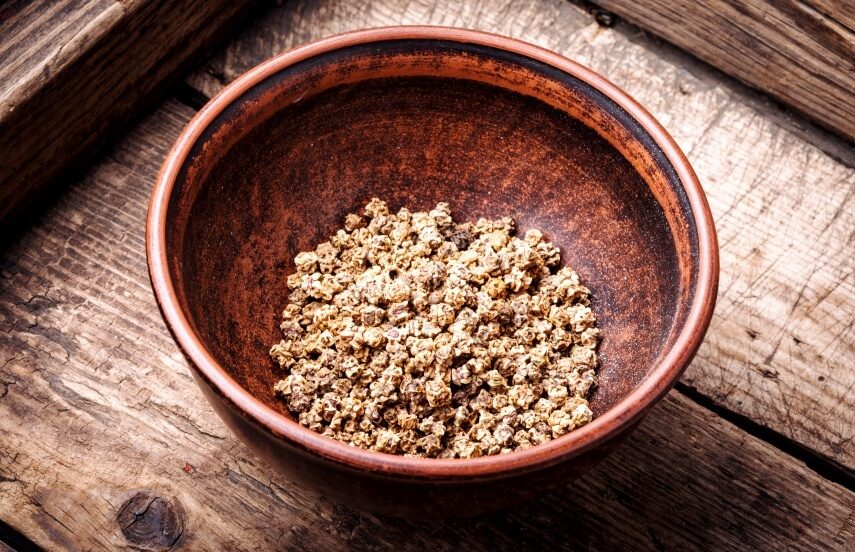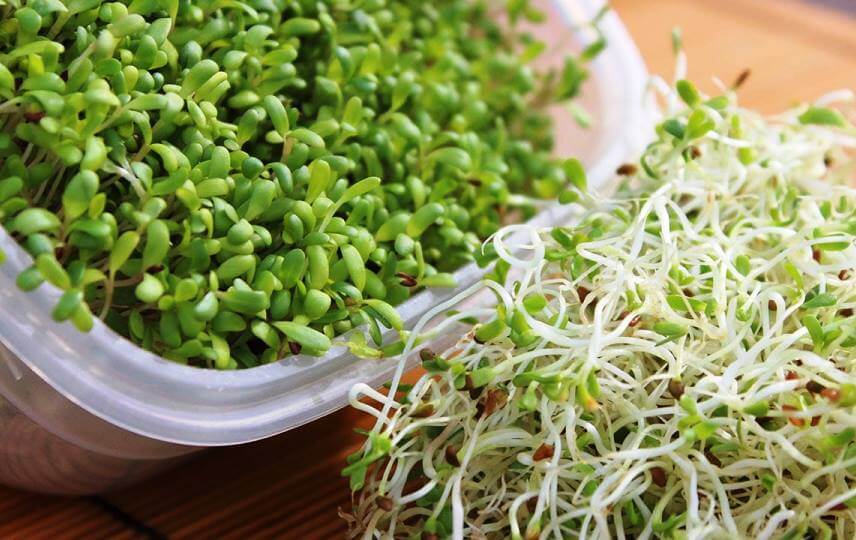With its understated flavor, Swiss chard microgreens bring a splash of color to any dish. The rainbow mix is a popular microgreen among chefs due to the diversity of colors it contains. The rainbow mix is tasty both on its own and in conjunction with other mixes. Most seed suppliers carry the different hues that make up the rainbow mix. This enables you to personalize your swiss chard microgreen blend by separating the colors you choose.
If Like to know more about microgreens, check these articles:
<<What Are Microgreens >> and <<How Much Microgreens To Eat Per Day>>
Swiss chard History
Beet and Swiss chard belong to the same genus and species. This is so because they both come from the wild sea beet plant. For centuries, farmers have highlighted particular features of this plant through selective propagation.
Chard has been permitted to grow broad leaves that can be eaten raw or cooked rather than emphasizing its root. Early agriculture was first documented around 350 BC. By 400 BC, the Beta vulgaris species is likely to have been domesticated by the Greeks for their leaves.
It was traded all over the Mediterranean and consumed in a wide range of hues and variations. Although there is not much information on its medicinal use, it is believed that in ancient times, people used it mainly for its medicinal virtues [1].
Swiss Chard microgreens overview
| Family | Amaranthaceae |
| Recommended Varieties | Rainbow Mix, Ruby Red |
| Nutrition | Vitamins A, C, K, E, beta-carotene, manganese, iron magnesium, potassium and zinc |
| Average days to germinate | 4 to 6 days |
| Average days to harvest (after germination) | 8 to 10 days |
| Difficulty | Medium |
Swiss chard microgreen nutritional value
Swiss chard microgreen is a nutrient-dense vegetable full of vitamins, nutrients, and health advantages. High concentrations of the vitamins A, C, K, and E, beta-carotene, as well as the minerals manganese, iron, magnesium, potassium, and zinc may be found in rainbow Swiss chard.
It also includes betalain. Betulin pigments have frequently been demonstrated to enhance the activation and processing of undesired harmful compounds by the body’s detoxification system [2, 3].
Swiss chard microgreen health benefits
High in antioxidants
Antioxidants are abundant in Swiss chard microgreens. You may reduce your risk of getting specific chronic diseases by eating a diet rich in antioxidants. The numerous antioxidants found in Swiss chard include polyphenols, vitamins C and E, and carotenoid plant pigments like beta carotene. These nutrients shield cells from free radical damage [3].
Loaded with fiber
Fiber serves a variety of vital purposes for your body. Swiss chard microgreens are rich in fiber, an essential ingredient that helps support heart health, lessen your chance of developing malignancies, and help you maintain weight.
Excellent source of vitamin K
A fat-soluble vitamin K class includes vitamin K1 (phylloquinone) and vitamin K2 (menaquinone). Swiss chard has large amounts of vitamin K1, which is mainly found in plant sources.
The body uses vitamin K in numerous critical activities. Additionally, bone health depends on it. Your body needs to create osteocalcin, a protein essential for bone growth and preservation.
A higher risk of osteoporosis and fractures is linked to low vitamin K intake. Those with diets high in foods rich in vitamin K have higher bone mineral densities and lower rates of osteoporosis.
Healthy heart
Without a doubt, increasing your intake of fresh vegetables is beneficial for your heart. It has been demonstrated that eating a diet high in various fruits and vegetables reduces risk factors for heart disease, such as inflammation, high cholesterol, and high blood pressure.
Magnesium and potassium are both abundant in Swiss chard microgreens, and both of these nutrients can support healthy blood pressure levels.
By decreasing the amount of cholesterol produced by your liver and assisting your body in excreting additional cholesterol before it is absorbed into your bloodstream, the fiber in Swiss chard may help lower cholesterol levels.
Blood sugar reduction
Swiss chard is a rich source of fiber and other nutrients that may help reduce blood sugar levels.
Foods high in fiber help digestion take longer. As a result, the rate at which sugar is absorbed into the bloodstream decreases, and blood sugar levels are stabilized.
Insulin resistance, a disease in which cells stop responding to insulin, is also decreased by fiber. Type 2 diabetes, heart disease, and obesity are all more likely to develop in people with insulin resistance.
According to some studies, more fiber-rich vegetables, including Swiss chard microgreens, may help regulate blood sugar levels while lowering the risk of type 2 diabetes.
Additionally, Swiss chard contains significant amounts of antioxidants, including alpha-lipoic acid (ALA), which has been demonstrated to help with diabetes-related problems such as nerve damage and lower insulin resistance.
Weight loss
You may be able to lose weight and keep it off permanently by eating nutrient-rich foods like Swiss chard microgreens as part of a healthy diet.
Consuming a lot of high-fiber veggies, such as Swiss chard microgreens, will make you feel more satisfied after meals, which may help you avoid overeating.
Potential health risks
For most healthy adults, Swiss chard microgreens can be a nourishing addition to the diet, although some people may need to restrict or minimize their intake.
The following are a few possible health hazards linked to Swiss chard microgreen:
High in vitamin K
People who take blood thinners like warfarin must maintain a regular diet of foods high in vitamin K, including Swiss chard. Abrupt changes can hamper the efficacy of these drugs in vitamin K intake.
Contains oxalates
Although Swiss chard and other leafy greens are high in oxalates, which contribute to the development of calcium oxalate kidney stones, you can still eat oxalate-rich meals. Try to keep hydrated, reduce sodium intake, and consume enough calcium to help prevent kidney stones.
May cause allergic reactions
Swiss chard allergies have been reported, albeit being rare. Stop eating Swiss chard microgreens and get medical help if you have response signs like hives, itching, or swelling after doing so.
How to grow Swiss chard microgreens
It takes 4 to 6 days for the chard to germinate. Allow it to reach 2 to 3 inches tall. You can harvest them almost two weeks after planting them. The procedure of growing swiss chard microgreens is almost similar to other microgreens. Read the <<Growing Microgreens >> article to learn more about the general method for growing microgreens.
Swiss chard microgreens Growing Tips
Growing tips
- Chard seeds benefit from a 24-hour soaking to increase germination speed and rate.
- It is excellent to add a spoonful of liquid kelp to the water.
- Spread the seeds, lightly push them into the loose dirt, and then cover them with a cloth or more soil.
- To keep this big seed moist, make sure it is thoroughly covered.
- Maintain a constant temperature for your swiss chard microgreen seeds for excellent germination.
- After germination, keep the soil from becoming too wet.
- Maintain a pH below 7.
Harvesting Tips
- Wait a few more days before harvesting if most of the seedlings still have seed hulls clinging to their leaves; otherwise, the large knobby seeds left can be carefully taken off.
- By cutting the swiss chard microgreens near the ground, you may highlight the colorful stem.
Washing Tips
- The huge chard seeds are visible in the wash water. When the plant is young, several seed hulls adhere to the leaves.
- It can take a while to get rid of them. We advise using the two-stage washing process to ensure that all hulls are eliminated.
Possible Challenges
- Chard needs additional care; keep an eye on your pH to prevent rot.
- If you overwater plants, they will rot.
Storing
- Swiss chard microgreens should be kept in a plastic bag or airtight container.
- Place one or two paper towels inside the container to absorb extra moisture.


